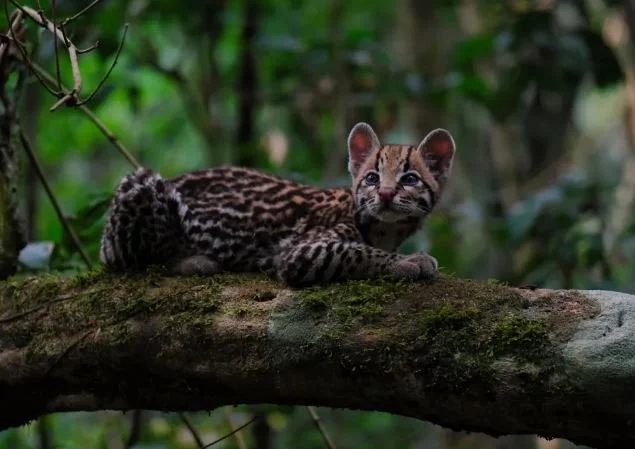Can the Scottish Wildcat Be Saved?
The Scottish wildcat is on the way out. There are now too few wildcats to sustain the population, according to a five-study completed by conservation group NatureScot. A separate study recently declared Felis silvestris “functionally extinct.”
The main problem for the cats is genetic extinction, a thinning of the gene pool due to hybridization with feral cats, domestic cats, and other hybrids. If that doesn’t do them in, there’s feline disease, death by automobiles, and as always, loss of habitat due to human development.
The wildcat is – or was – the only native member of the cat family still found in the wild in Britain, where it once roamed throughout the mainland. Its range steadily declined, and by the 20th century only found in the northwest of Scotland.
The outlook for that last remnant of the species is bleak, but conservationists have not given up on the critically endangered cat. Scottish wildcats bred in captivity will be released at select locations over the next few years. NatureScot, the Royal Zoological Society of Scotland, and other groups have formed a partnership in the Saving Wildcats project, which will release the first round of wildcats at undisclosed locations in Cairngorms National Park in June.
The pioneers are prepping for their release at Highland Wildlife Park, where they are managed in a natural setting with minimal exposure to humans and disturbance. As such they are not available for public viewing.
The cats may be kept isolated from human contact, but you can still watch them here as they gear up for their big release. The video includes info on how to donate to help the cause.
Photo credit: savingwildcats.org







